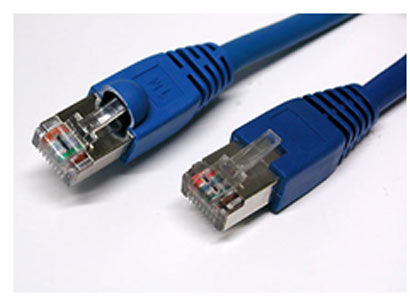Networking is playing vital role in current IT era where data distribution and access is critically important. As the use of communication between two or more entities increases the networking technologies need to be improved and refurbished over time. Similarly the transmission media, the heart of a network, has been changed with the time improving on the previous one. If you know a little bit about networking you surely have heard the term Ethernet which is currently the dominant network technology. Wide spread of the Ethernet technology made most of the offices, universities and buildings use the technology for establishment of local area networks (LANs).


Ethernet was developed by Robert Metcalfe at Xerox PARC between 1973 and 1974 and first documented on May 22, 1973. Later it was successfully deployed at PARC in 1976. After two years Xerox developed X-Wire – a 10 Mbit/s Ethernet running on a coaxial cable.
In June 1979, Robert Metcalfe left Xerox and founded 3Com to commercialize the Ethernet. He convinced Gordon Bell at DEC, David Liddle at Xerox and Phil Kaufman at Intel to jointly develop an Ethernet specification based on X-Wire. This specification was called DIX Ethernet which specifies a 10 Mbit/s ethernet cable.
OSI Model & Structure
Types of Ethernet cabling

Filed Under: Articles


Questions related to this article?
👉Ask and discuss on EDAboard.com and Electro-Tech-Online.com forums.
Tell Us What You Think!!
You must be logged in to post a comment.